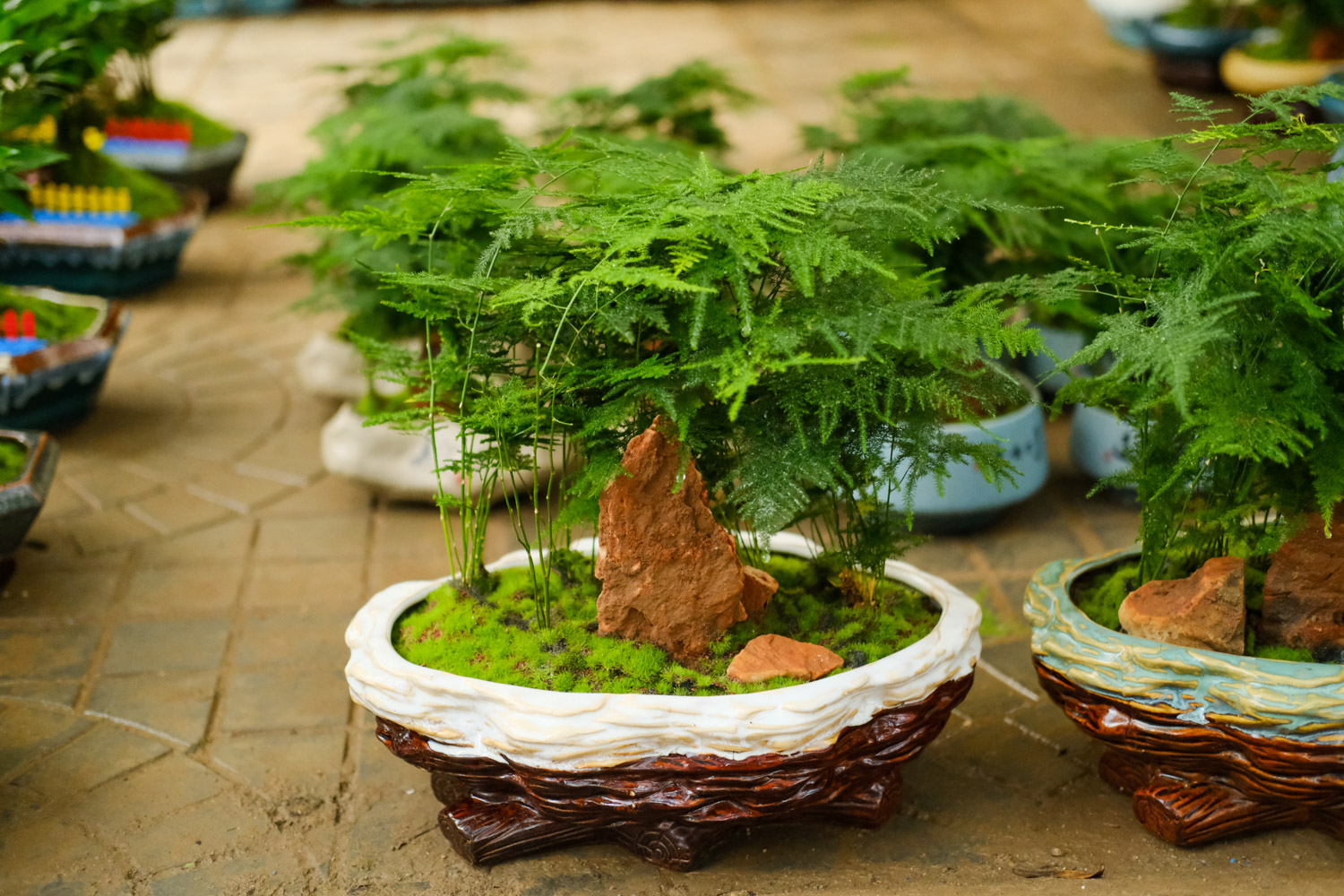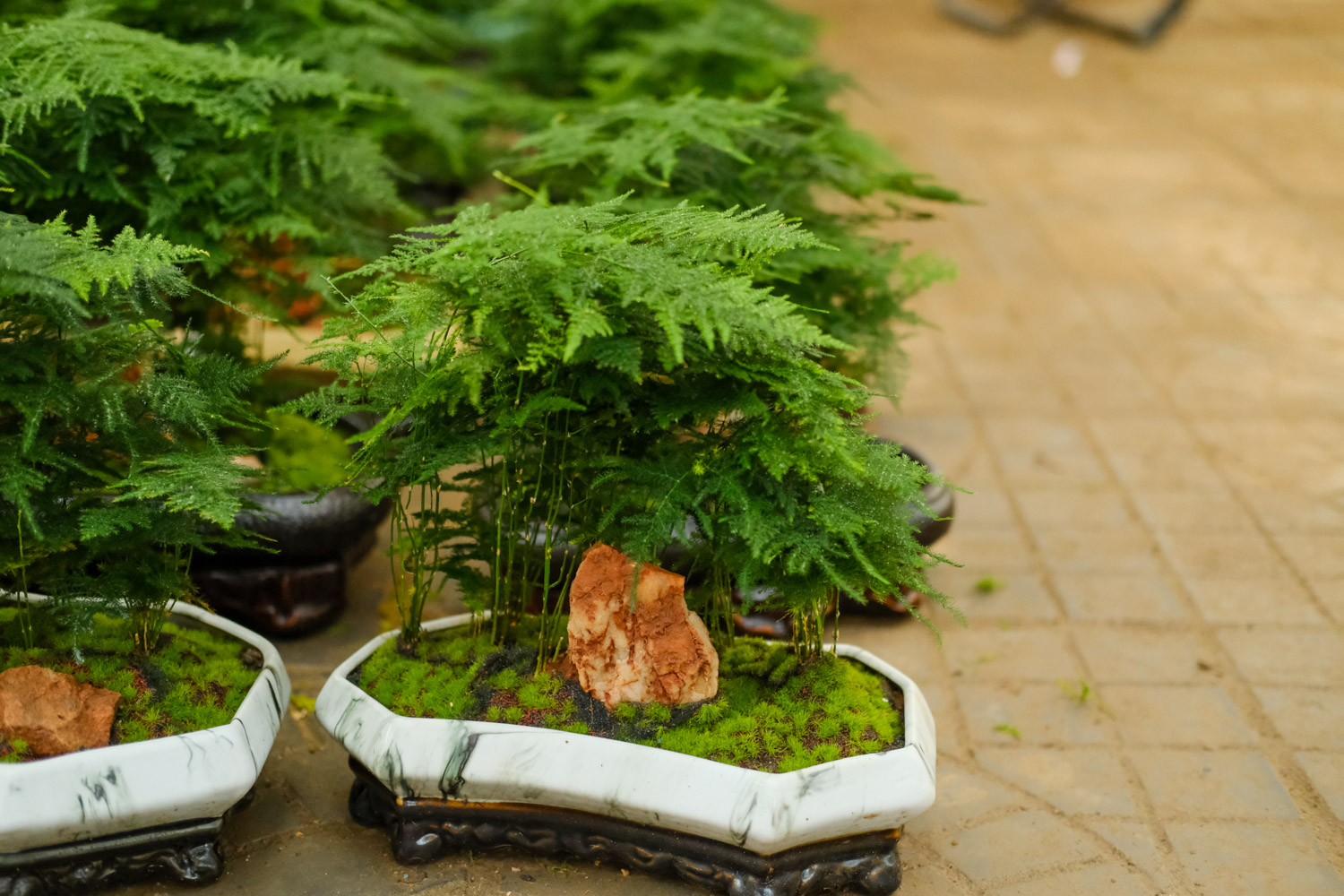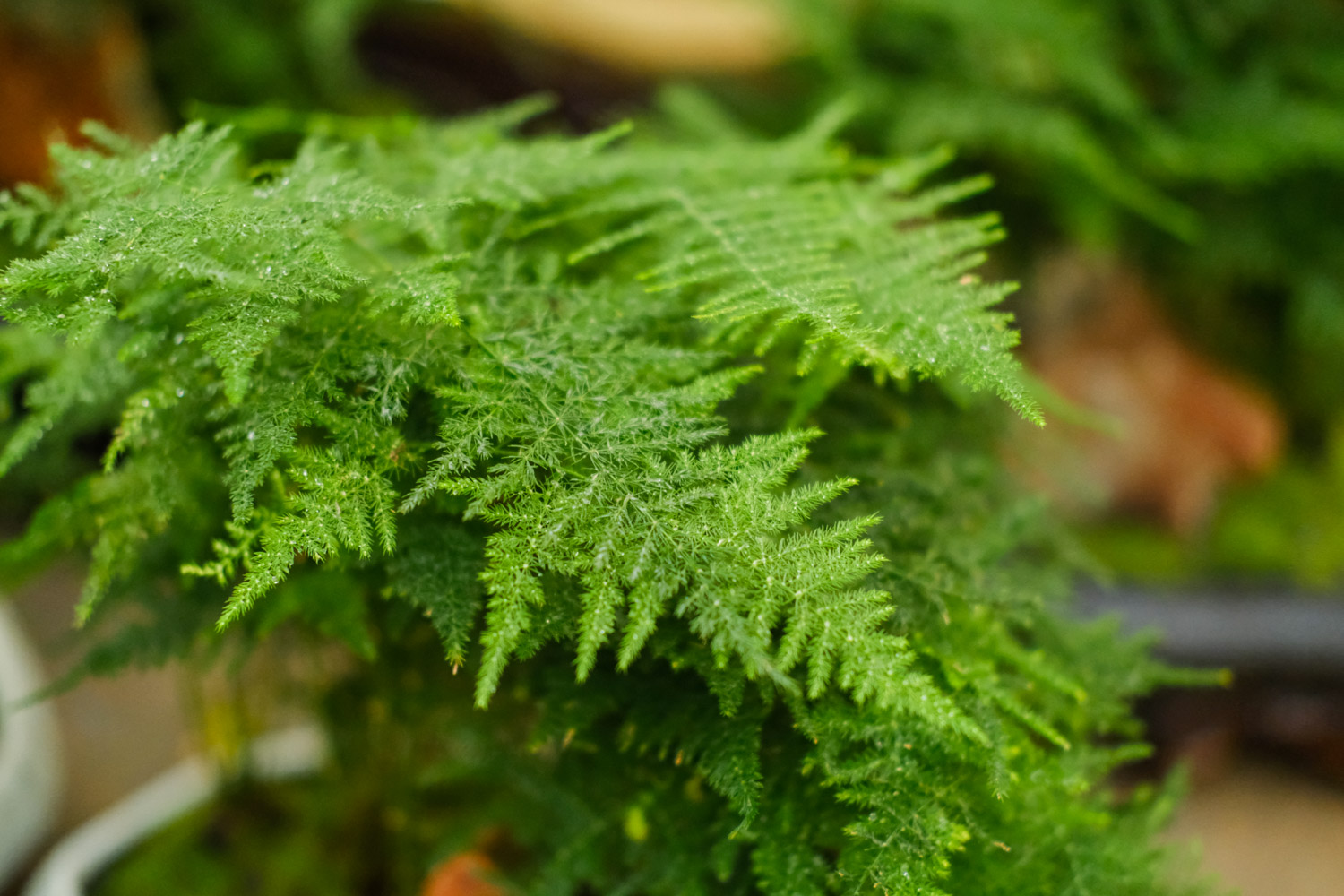1. First, it should be carried out when the basin soil is half dry and half wet. Observe the branches near the basin soil, select the boundary we intend to divide, and trim the weak branches in the middle of asparagus
2. Insert a knife into the soil, cut it according to the boundary line we have selected, divide the root system in the soil into two, insert a playing card in the middle, and then fill it with potassium permanganate solution for sterilization and disinfection to prevent root rot
3. During the operation, the smaller the section of the wound, the better. After the operation, we should properly control the water to prevent the accumulation of too much water in the soil, resulting in the decay of the root wound

4. After one or two months, the root wound will gradually heal and resume growth. We will divide the basin and divide the root system in advance, which can prevent us from dragging and damaging the root system when dividing the basin
5. After half a month of playing cards, we will find that new branches germinate in the soil, which also proves that the root system is recovering. You can separate plants in 2 months. Turn the potted plants upside down, take the plants out of the flower pot, and gently divide the soil lump into two
6. Because we operated in advance, the roots have been separated. At this time, we just need to observe whether the roots are damaged

7. If the roots are not blackened and the capillary roots are intact, we can go directly to the basin. If there are damaged roots, we trim them gently, apply a little plant ash, and then put them in the basin
8. When changing pots, we can place a layer of ceramsite at the bottom of the pot, and we can also put some small stones without ceramsite, which can effectively prevent the rotten roots caused by ponding at the bottom of the pot, and the gap between the particles is also conducive to the breathing of the roots
9. We can choose nutrient soil and perlite and add a small amount of coarse sand for mixing. Novices had better not put base fertilizer. Asparagus doesn't like big fertilizer. It's easy to burn roots if it's not well controlled

10. It is best to take the soil lump directly when putting it into the basin. Putting it into the basin with bare roots is very unfavorable to the later root restoration. When filling the soil, gently pat the basin wall to let the soil tamp naturally
11. After putting into the pot, pour a fixed root water to release the air bubbles in the soil, so that the soil and roots can be closely combined
12. After changing the basin, place the potted plants in a ventilated and cool place to slow down the basin, and be careful not to move the position often


 how many times do yo...
how many times do yo... how many planted tre...
how many planted tre... how many pine trees ...
how many pine trees ... how many pecan trees...
how many pecan trees... how many plants comp...
how many plants comp... how many plants can ...
how many plants can ... how many plants and ...
how many plants and ... how many pepper plan...
how many pepper plan...





























